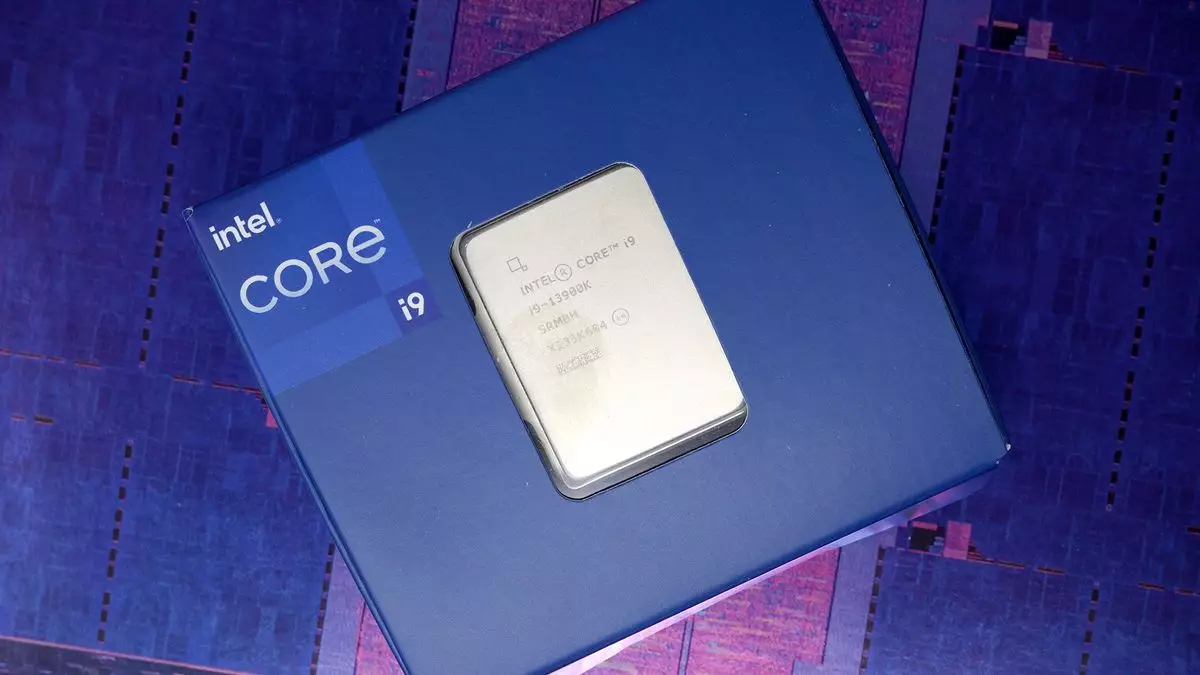In the digital age, consumers often find themselves torn between the joy of receiving a new product and the pang of guilt brought on by its excessive packaging. A personal experience with an inconsequential eyebrow pencil exemplifies this dichotomy; it arrived in an unnecessarily large cardboard box. This instance is not just an isolated inconvenience but a symptom of a larger, systemic issue that plagues numerous industries, especially the tech sector. Excess packaging often results in the needless waste of materials, which ultimately ends up in landfills, contributing significantly to environmental degradation.
Such excess is particularly galling in tech product packaging, famously characterized by bulky boxes and gratuitous Styrofoam peanuts. The anticipation of unboxing new technology can quickly spiral into dread upon witnessing the sheer volume of waste produced. However, a glimmer of hope seems to be on the horizon with the European Union’s new regulations, specifically the Packaging and Packaging Waste Regulation (PPWR), aimed at curtailing this wasteful practice.
Effectively enforced as of February 11, the PPWR introduces stringent measures to minimize both the volume and the weight of packaging, while also focusing on avoiding unnecessary packaging altogether. This creates a foundation for a potentially transformative era in product design and distribution, pushing manufacturers to prioritize sustainability. Critics of excess packaging have already voiced concerns about whether essential items bundled with products—like CPU coolers—will still make the cut under these new parameters. While bundled items might be thought of as indispensable by many, including enthusiasts who swear by their manufacturers’ stock coolers, the ultimate designation of “unnecessary” remains to be seen.
This regulation follows a trend established by previous EU initiatives that have tackled various aspects of resource usage and sustainable practices. The mandate that phones must utilize standardized charging ports is one such example, simplifying user experiences while simultaneously reducing e-waste. Additionally, proactive stances on ‘right to repair’ laws awaken hopes for a market less dominated by planned obsolescence. Just as these regulations encourage a more mindful approach to electronic consumption, the PPWR aims at addressing one of the most visible indicators of product waste: packaging.
The implications of the PPWR are broader than merely limiting the dimensions of product packaging. With an 18-month adaptation period afforded to manufacturers, there lies a generational opportunity to reassess packaging strategies. The overarching goal of making all packaging recyclable by 2030 signifies a paradigm shift towards responsible consumption. However, it will require an earnest commitment from companies to explore innovative solutions that balance consumer needs with sustainable practices.
For instance, leaner packaging strategies could foster a culture where product safety during delivery remains uncompromised. Currently, many consumers choose to preserve the original boxes for the sake of protecting delicate technology during future relocations or repairs. Streamlined, yet sufficiently robust packaging could satisfy both environmental and practical considerations. Moreover, if companies can package their products with the same efficiency as collectible anime figures—commonly stored in aesthetically pleasing, compact formats—they could provide the dual benefits of consumer satisfaction and environmental integrity.
Although the PPWR is a regional initiative, its impacts could resonate globally, influencing manufacturers worldwide to consider more sustainable practices. E-waste remains a pressing concern, prompting fear among environmentally conscious consumers. By directly targeting the packaging that exacerbates e-waste, the EU hopes to foster a significant reduction in material waste—a goal that aligns both corporate responsibility and consumer preference.
As consumers become increasingly aware of their purchasing impact, the demand for responsibly packaged products is likely to grow. In tandem with ongoing regulations, global enterprises could become incentivized to elevate their commitment to sustainable packaging as a branding opportunity rather than a mere obligation.
The introduction of the PPWR heralds a promising transition towards minimizing packaging waste within the EU. This regulatory framework not only indicates a declining tolerance for superfluous packaging but also represents a collective step towards an environmentally sustainable future. As we await the transformation of packaging protocols, awareness and advocacy at a consumer level can further amplify this positive trajectory in reducing waste and protecting our planet.

